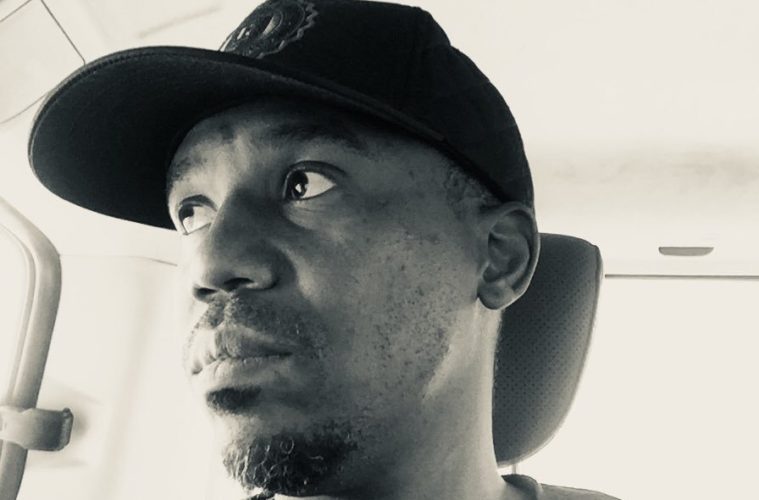It is the age of the internet, the age where social media has given a voice to all. And with every cultural or political agitation comes a corresponding online response and movement.
One tool that has proven to be a powerful means not just for advocating social change but also raising awareness especially on twitter is the hashtag. Hashtags have often emerged as a form of protest against tragedies, victimization or social construct,. Hence, some of the most powerful hashtags on Twitter in recent years have been that of the #BringBackOurGirls campaign, in response to the abducted Chibok school girls in Northern Nigeria, and the #BlackLivesMatter cry in America following the trial of the murder of 17 year old Trayvon Martin and many more.
But a different type of hashtag is presently enjoying recognition and despite not emerging from oppression or tragedy, the #BoomBap16Challenge has caught like a wild fire across Africa and even beyond.
‘Boom Bap’ rap is a style of production in the hip-hop circle famous for its grimy, thumping bass sound and snare drums. This was the sound adopted in the early years of hip-hop when all the purists cared about was finding the right marriage with the beat to get the message out through his rhymes. Rappers like Pete Rock, Mobb Depp, KRS One are famous for their influence on the boom bap culture while in Nigeria, rappers like Mode 9 and Elajoe have been local stalwarts.
But as the years rolled by, traditional hip-hop lost its place on the scene as funkier beats became the order of the day and boom bap emcees hardly enjoyed mainstream success. So, rappers were required to make a choice – to adapt or to be forgotten? And many soon began to experiment with more friendly sounds, moving in new directions for the commercial appeal.
The hashtag which began via a tweet from South African rapper Wikid (Not to be confused with WiZkid) on the 18th of January with the Soweto-born rapper, famous for his hit song “Wozojoina“, recording a 1min 11second freestyle video where he dropped some heavy 16bars and welcomed other rappers to jump on it.
Write a 16 and lace it on any old skool beat. I already have @HipHopPantsula @MrSelwyn @FortuneMasina @musamolefe, just to name a few, on board. We’re calling it #BoomBap16Challenge and anyone can jump on. pic.twitter.com/3zcbwAoAbS
— #BoomBap16Challenge (@WikidSA) January 18, 2018
All that was required was for them to lace a dope 16 over any old school hip-hop beat. Initially, the challenge failed to generate much traction but the moment South African god emcee HHP and award winning creative director/rapper Fortune Masina, who is renowned for his work on the video of Naeto C’s monster hit ‘Kini Big deal’, jumped on the challenge with their own recordings, the challenge erupted and upcoming rappers from all across Africa jumped on the train recording videos and aligning with the hashtag #BoomBap16Challenge to make it a trending topic for days.
Perhaps key to the challenge is the OG’s who got tagged and have heeded the clarion call to remind the young ones that they can still hold it down. Veteran rappers like Proverb from South Africa, Modenine from Nigeria, Botswana’s Scar BW have since dropped their 16bars video with a long list of young artists flexing their lyrical weight in a manner reminiscent of the early internet days where music blogs like HipHopWorld.Com, Nairaland and Africanhiphop had platforms for rappers to exhibit their art online.
Turning Metaphors to MetaFortyFives! #BoomBap16BarChallenge pic.twitter.com/CA8mPCOLSD
— ProVerb (@ProVerbMusic) January 27, 2018
#BoomBap16Challenge by @Modenine from Nigeria @WikidSA look what you've started bro!!!!! @HipHopPantsula are we getting any UK #BoomBap16Challenge vid soon??
Cc @MrSelwyn @FortuneMasina @JustKholii_#hiphop #GRAMMYs #slikouronlife #TheSwitchUp #SAHipHopDebate pic.twitter.com/gqjDXjzwWm— Under The Sun (@illy_the_host) January 29, 2018
#BoomBap16Challenge cc @ehiscombs
PS: 00:16 to 00:18 I was spitting at my phone lol#BoomBap16Challenge from Nigeria @WikidSA look what you've started bro!!!!! @HipHopPantsula BoomBap16Challenge pic.twitter.com/tGSM1zsKwo
— Lord G.E.M (@dageminiparadox) January 30, 2018
There have always been debates over the usefulness or efficacy of the hashtag, but one thing about hashtags is the awareness it breeds alongside the public interest that fuels them and this is no different. The trending #BoomBap16Challenge has gotten the attention of not just the regular online hip-hop fans but also created a buzz amongst the mainstream media.
Hip-hop in Africa is not at the heights it should be despite the pool of talents spread across the continent who have found love for the artform and only seek the appropriate platform to showcase their skills. These set of people will take every medium available even if it’s just for a ‘5 minutes of fame’ which the hashtag provides, while some hope that fate may just lead to them getting a record deal.
Whatever comes out of this, boom bap rap has found it voice again. It may not be attractive to many new age emcee but it remains a charm amongst disciples of the culture because of the nostalgic feeling that captures the journey on how it all began for the emcee and how it serves as a true essence for what inspired many to appreciate the genre.


